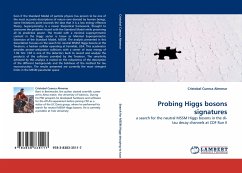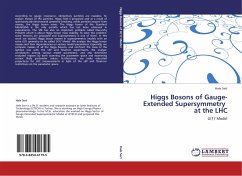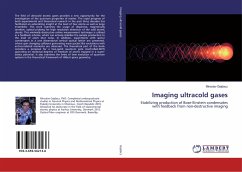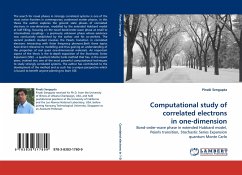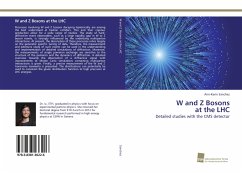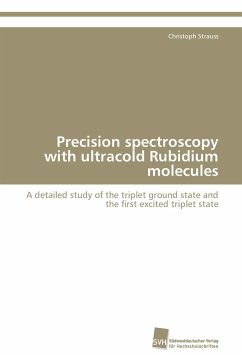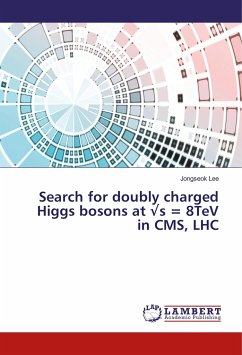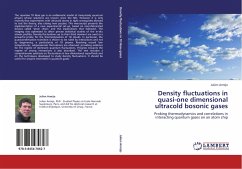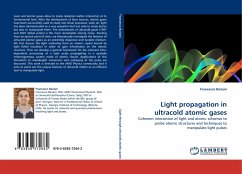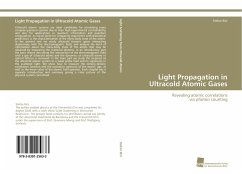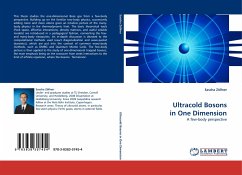
Ultracold Bosons in One Dimension
A few-body perspective
Versandkostenfrei!
Versandfertig in 6-10 Tagen
39,99 €
inkl. MwSt.

PAYBACK Punkte
20 °P sammeln!
This thesis studies the one-dimensional Bose gas from a few-body perspective. Building up on the familiar two-body physics, successively adding more and more atoms gives an intuitive picture of the many-body physics in the thermodynamic limit. The basic theoretical tools (Fock space, effective interactions, density matrices, and useful soluble models) are introduced in a pedagogical fashion, connecting the few- and many-body viewpoints. An in-depth discussion is devoted to the computational methods used (exact diagonalization and wave-packet dynamics), which are put into the context of common ...
This thesis studies the one-dimensional Bose gas from a few-body perspective. Building up on the familiar two-body physics, successively adding more and more atoms gives an intuitive picture of the many-body physics in the thermodynamic limit. The basic theoretical tools (Fock space, effective interactions, density matrices, and useful soluble models) are introduced in a pedagogical fashion, connecting the few- and many-body viewpoints. An in-depth discussion is devoted to the computational methods used (exact diagonalization and wave-packet dynamics), which are put into the context of common many-body methods, such as DMRG and Quantum Monte Carlo. The few-body picture is then applied to the study of one-dimensional trapped bosons, the main emphasis being on the crossover from weak interactions to the limit of infinite repulsion, where the bosons 'fermionize'.



